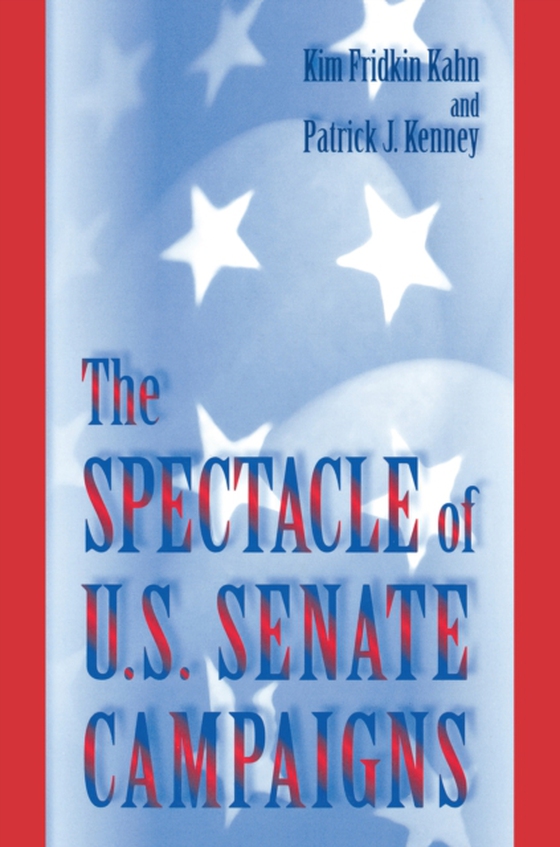
Spectacle of U.S. Senate Campaigns e-bog
403,64 DKK
(inkl. moms 504,55 DKK)
This book offers a bold, comprehensive look at how campaigns actually work, from the framing of issues to media coverage to voters' decisions. In so doing, it challenges the common wisdom that campaigns are a noisy, symbolic aspect of electoral politics, in which the outcomes are determined mainly by economic variables or presidential popularity. Campaigns, the authors argue, do matter in the p...
E-bog
403,64 DKK
Forlag
Princeton University Press
Udgivet
9 marts 2021
Længde
256 sider
Genrer
Political structure and processes
Sprog
English
Format
epub
Beskyttelse
LCP
ISBN
9780691227924
This book offers a bold, comprehensive look at how campaigns actually work, from the framing of issues to media coverage to voters' decisions. In so doing, it challenges the common wisdom that campaigns are a noisy, symbolic aspect of electoral politics, in which the outcomes are determined mainly by economic variables or presidential popularity. Campaigns, the authors argue, do matter in the political process. Examining contested U.S. Senate races between 1988 and 1992, Kim Kahn and Patrick Kenney explore the details of the candidates' strategies and messages, the content, tone, and bias of the media coverage, and the attitudes and behaviors of potential voters. Kahn and Kenney discover that when the competition between candidates is strong, political issues become clearly defined, and the voting population responds. Through a mix of survey data, content analysis, and interviews, the authors demonstrate how competition influences serious political debates in elections. Candidates take stands and compare themselves to their opponents. The news media offer more coverage of the races, presenting evaluations of the candidates' positions, critiques of their political careers, and analyses of their campaign ads. In response, the voters pay closer attention to the rhetoric of the candidates as they learn more about central campaign themes, often adjusting their own voting criteria. The book concentrates on Senate races because of the variance in campaign strategy and spending, media coverage, and voter reactions, but many of the findings apply to elections at all levels.
 Dansk
Dansk

